Despite their misleading names, Iceland and Greenland present dramatically different environments for adventurous travelers. These Nordic neighbors share a common Viking heritage and northern Atlantic location, yet their landscapes couldn’t be more distinct. Iceland bristles with volcanic energy, while Greenland exists as an ice-covered continent unto itself. Both territories feature extreme natural environments that challenge human expectations of what our planet can create.
Here is a list of 20 contrasting landscapes across Iceland and Greenland that showcase their unique characters.
Jökulsárlón Glacier Lagoon vs. Ilulissat
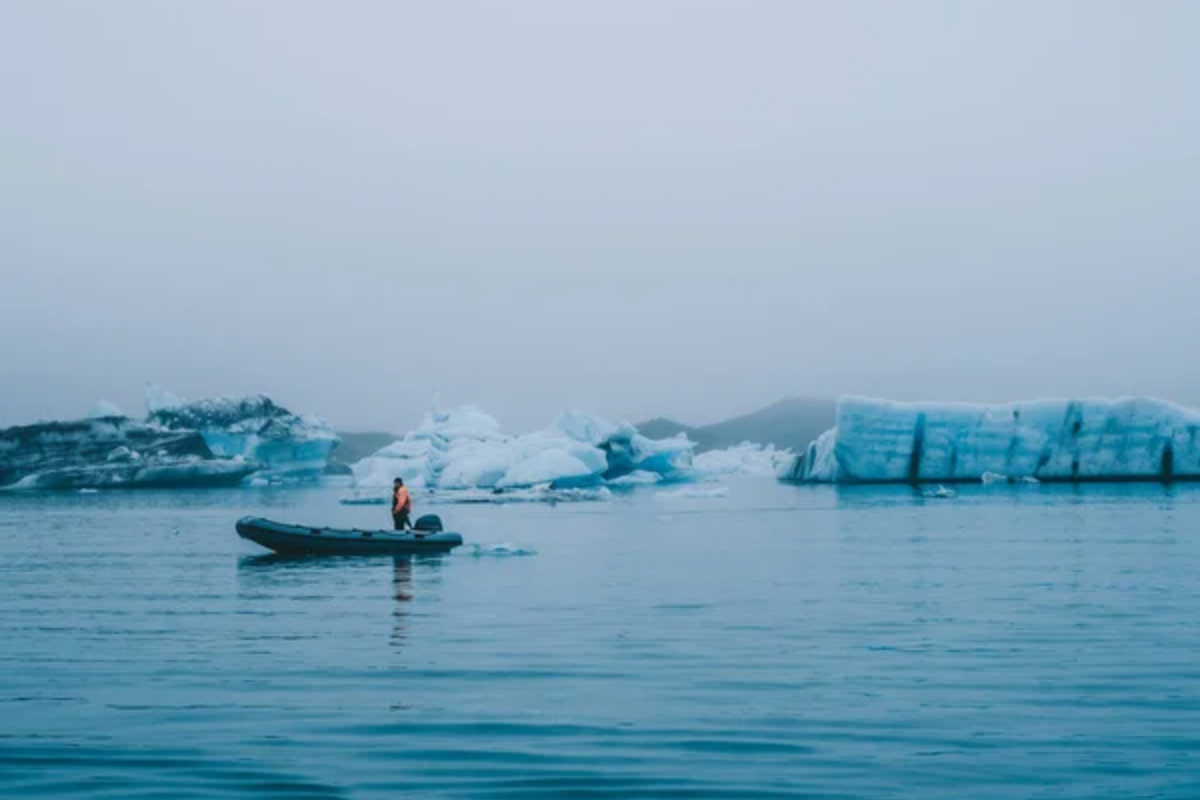
Iceland’s famous glacier lagoon features electric-blue icebergs floating in a relatively calm lake setting. Visitors can board amphibious vehicles that cruise between these sculptural ice forms as they drift toward the nearby Atlantic. Greenland’s Ilulissat Icefjord dwarfs its Icelandic counterpart with a massive glacier that calves icebergs taller than skyscrapers.
The thunderous cracking sounds remind visitors of nature’s raw power in ways that Iceland’s serene lagoon never could.
Reykjanes Peninsula vs. Disko Bay

Iceland’s Reykjanes Peninsula seems alive with geothermal activity—steam vents, bubbling mud pools, and the famous Blue Lagoon attract visitors to this otherworldly landscape. Recent volcanic eruptions have added fresh lava fields to explore across the peninsula.
Greenland’s Disko Bay offers a completely different experience with its massive ice formations and towering basalt cliffs that rise dramatically from frigid waters, creating a stark monumentality that contrasts with Iceland’s constant geological restlessness.
Like Travel Pug’s content? Follow us on MSN.
Thingvellir National Park vs. Northeast Greenland National Park
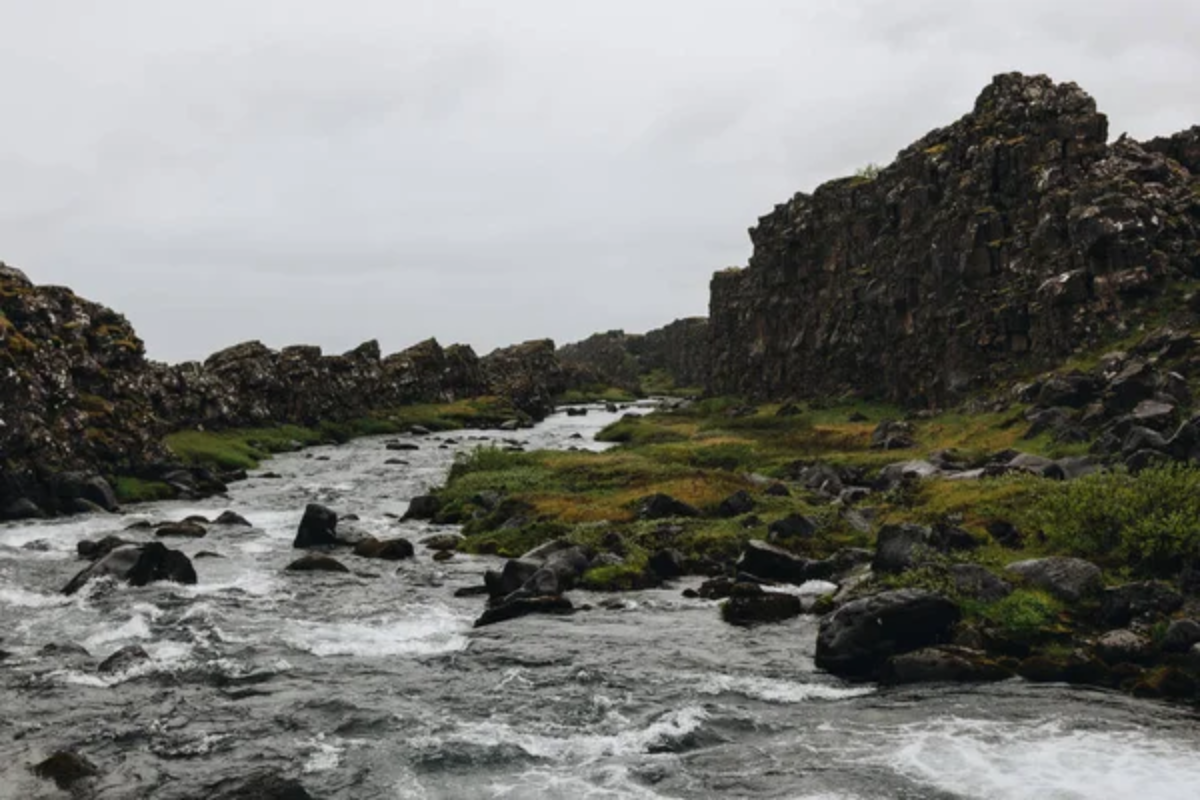
Iceland’s Thingvellir sits dramatically on the visible boundary between tectonic plates, where visitors can walk through a rift valley created by North America and Europe slowly drifting apart. This accessible landscape combines geological wonder with historical importance as the site of the world’s first parliament.
Northeast Greenland National Park – the world’s largest – represents true wilderness on an almost incomprehensible scale, spanning 375,000 square miles of largely unexplored terrain, with polar bears outnumbering humans in this pristine Arctic environment.
Landmannalaugar vs. Tasermiut Fjord

The rhyolite mountains of Iceland’s Landmannalaugar resemble an artist’s palette – their mineral-rich slopes display vibrant oranges, blues, and greens against black obsidian lava flows. Hot springs bubble up among the colorful hills, allowing hikers to soak in naturally heated pools.
Greenland’s Tasermiut Fjord takes a different approach to grandeur with sheer granite walls rising nearly vertically from deep waters for thousands of feet, creating what climbers call ‘Arctic Patagonia’ – a monochromatic landscape of intimidating scale and severity.
Myvatn Volcanic Area vs. Nuuk Fjord System
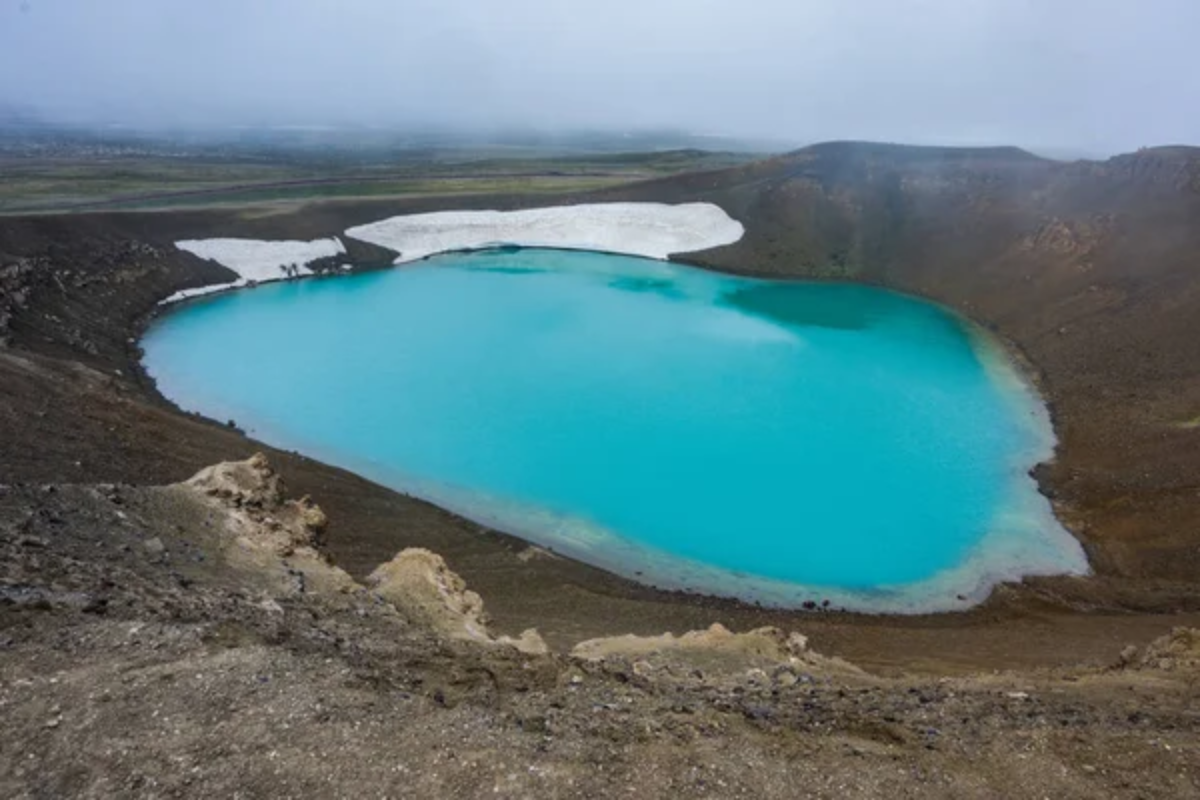
Iceland’s Myvatn region packs diverse volcanic features into a relatively compact area – pseudocraters, lava pillars, geothermal caves, and the powerful Dettifoss waterfall create an accessible showcase of volcanic processes. Greenland’s Nuuk Fjord System extends hundreds of miles inland with branching waterways cutting through ancient bedrock, its scale so vast that visitors typically require multiple days by boat to explore even a fraction of this sprawling, interconnected network of ice-carved channels.
Like Travel Pug’s content? Follow us on MSN.
Reynisfjara Black Sand Beach vs. Melville Bay

Iceland’s famous black sand beach stretches dramatically along its southern coast, where basalt columns rise like geometric sculptures and powerful waves crash against volcanic shores. Reynisfjara feels simultaneously beautiful and dangerous, with stories of tourists caught by sneaker waves adding to its moody atmosphere.
Greenland’s remote Melville Bay presents an entirely different coastal experience – a pristine expanse of floating sea ice where narwhals and belugas swim beneath crystalline waters, creating a hushed Arctic seascape far removed from Iceland’s accessible but turbulent shorelines.
Hverfjall Crater vs. Greenland Ice Sheet

The perfectly symmetrical Hverfjall crater in Iceland rises 1,300 feet from the surrounding plain, its walkable rim offering views across a landscape shaped by volcanic forces. Formed in an eruption 2,500 years ago, the crater represents Iceland’s geological youth.
Greenland’s Ice Sheet presents an entirely different timescale – covering 80% of the country with ice up to two miles thick that has accumulated over hundreds of thousands of years. This continental-scale ice mass contains enough water to raise global sea levels by 24 feet if melted completely.
Westfjords vs. Scoresby Sound
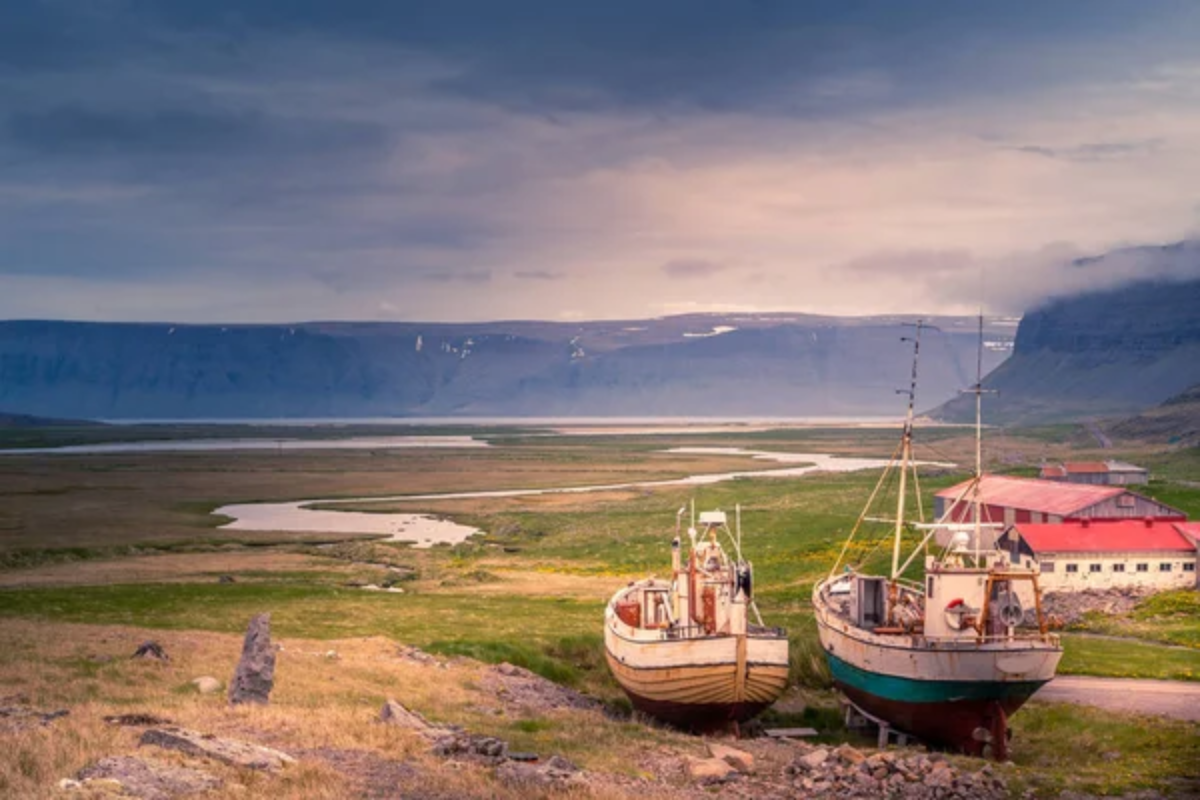
Iceland’s remote Westfjords region features deeply carved fjords with small fishing villages nestled between steep mountains and the sea. This sparsely populated peninsula remains relatively untouched by tourism, with winding dirt roads leading to isolated beaches and bird cliffs.
Greenland’s Scoresby Sound system creates the world’s largest fjord complex – a massive network of ice-filled channels reaching 220 miles inland. The sheer scale would allow the entire Westfjords region to fit inside just one of Scoresby’s tributary fjords.
Like Travel Pug’s content? Follow us on MSN.
Askja Caldera vs. Kangerdlugssuaq Glacier

Iceland’s Askja features a volcanic caldera filled with a milky-blue geothermal lake where visitors can swim in warm waters surrounded by snow-capped mountains. This accessible but otherworldly landscape epitomizes Iceland’s volcanic appeal.
Greenland’s Kangerdlugssuaq Glacier moves at an astonishing rate of up to 150 feet per day, creating a dynamic ice landscape where massive crevasses open and close as the glacier flows toward the sea. The two experiences couldn’t be more different – one warm and contained, the other vast and constantly shifting.
Skógafoss vs. Qooqqut Nuan Waterfall
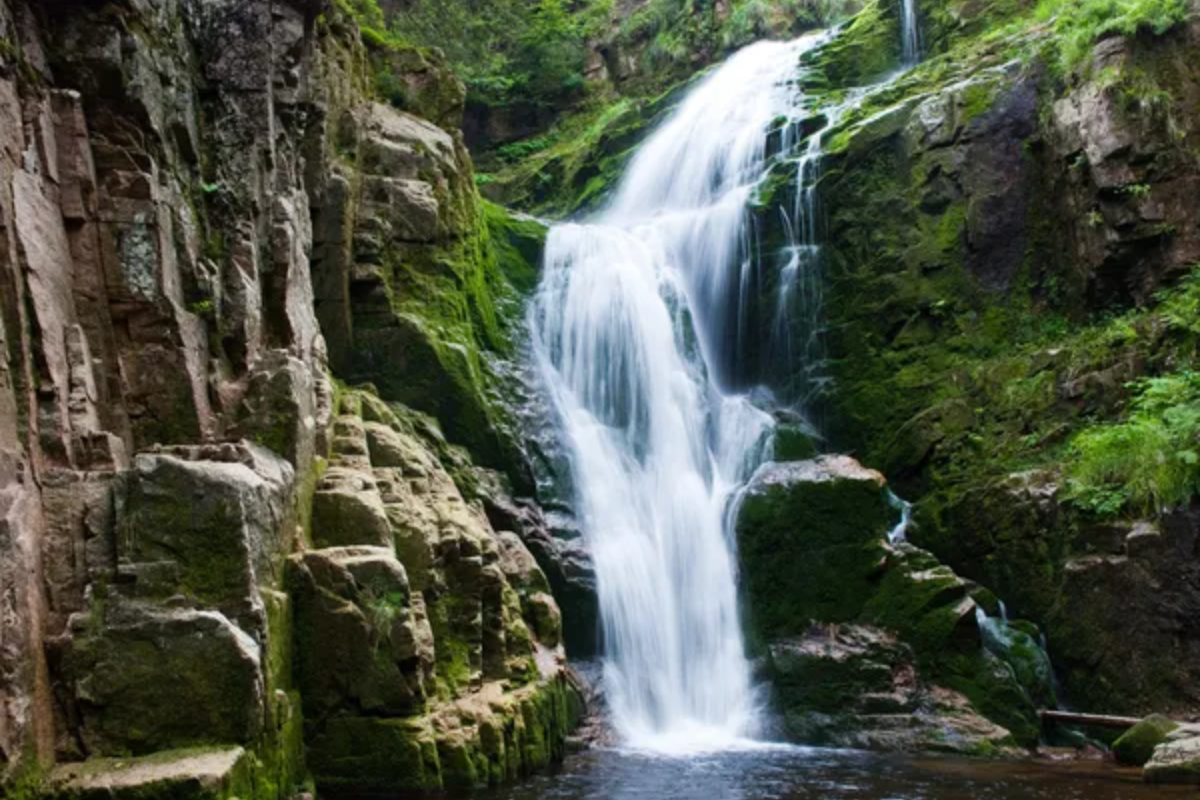
Iceland’s iconic Skógafoss waterfall drops 200 feet in a perfect rectangular curtain of water, with rainbows frequently arcing through its mist. Thousands of visitors climb the adjacent staircase daily for views from above this postcard-perfect cascade.
Greenland’s Qooqqut Nuan waterfall remains known mainly to locals. Its remote location, accessible only by boat through a narrow fjord, ensures solitude for those lucky enough to visit. The falls tumble down ancient rock formations through multiple drops before reaching a small settlement known for serving the freshest fish in Greenland.
Fjaðrárgljúfur Canyon vs. Austmannadalen Valley
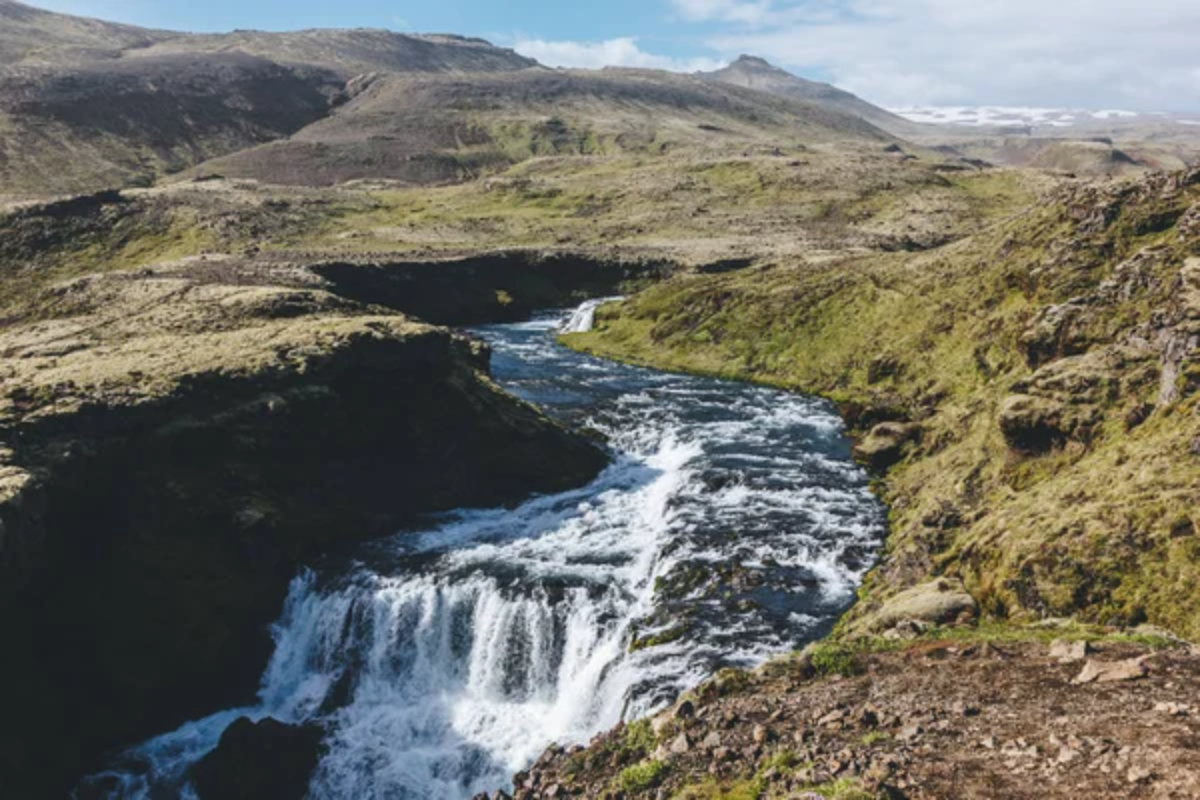
Iceland’s photogenic Fjaðrárgljúfur Canyon cuts a serpentine path through pale rock, its winding curves and moss-covered walls creating an almost fantastical landscape that seems designed for photography. Greenland’s Austmannadalen Valley preserves Viking ruins within a sweeping glacial valley, where thousand-year-old stone foundations stand as a testament to failed Norse settlements.
The valley stretches toward distant mountains with no signs of modern human presence, creating a profound connection to the past that Iceland’s more accessible landscapes rarely achieve.
Like Travel Pug’s content? Follow us on MSN.
Blue Lagoon vs. Uunartoq Hot Springs
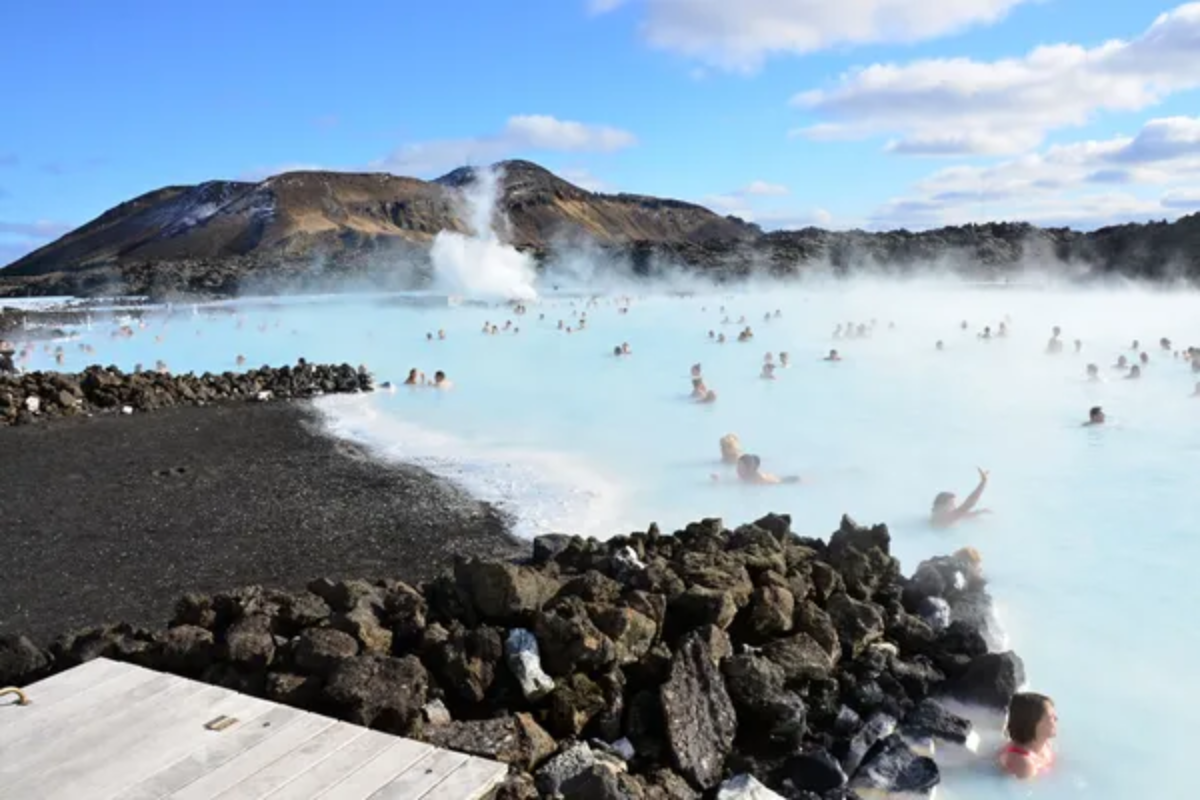
Iceland’s famous Blue Lagoon has transformed from an industrial runoff pool to a world-class spa destination. The milky-blue waters set against black lava fields create an instantly recognizable setting where thousands of visitors soak daily in mineral-rich waters.
Greenland’s remote Uunartoq hot springs offer a completely different experience – naturally occurring hot springs surrounded by icebergs floating in the adjacent fjord. Visitors can soak in 100-degree waters while watching ice formations drift past, creating a hot-cold contrast that perfectly symbolizes Greenland’s extremes.
Vatnajökull Glacier Caves vs. Russell Glacier Ice Caves
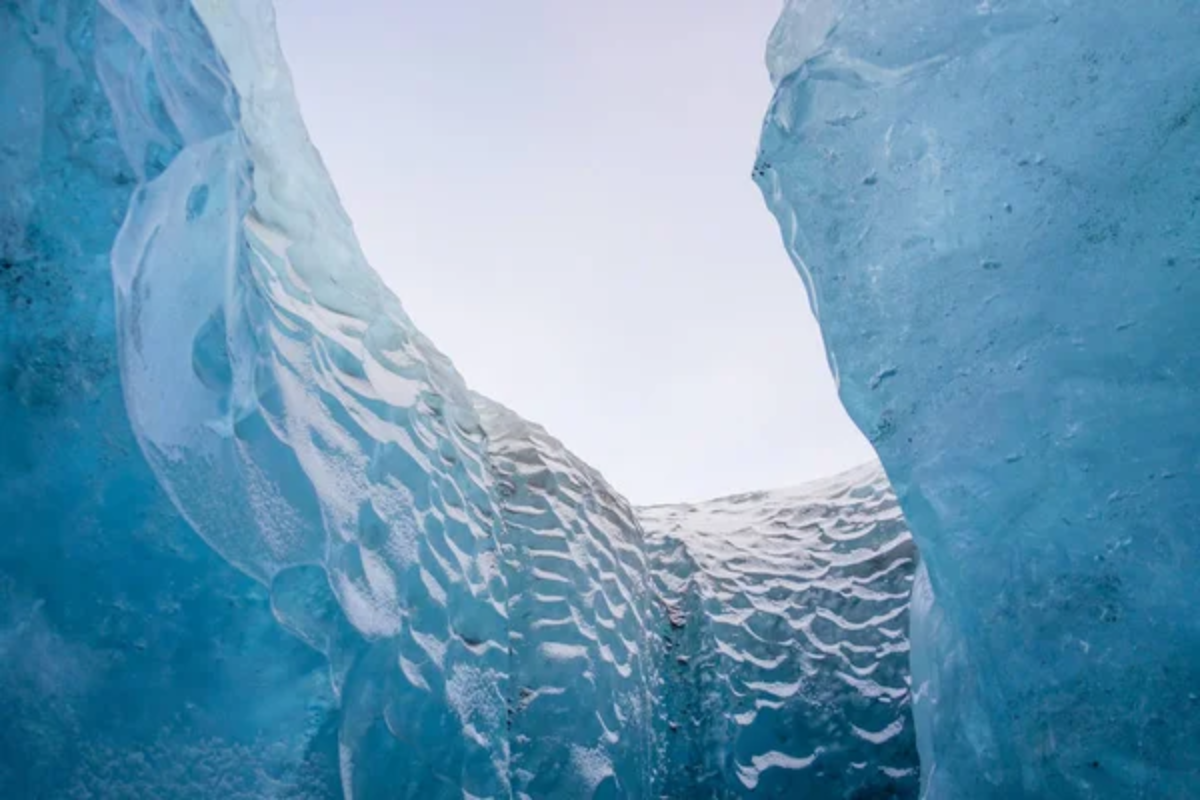
Iceland’s glacier caves form seasonally beneath Vatnajökull, Europe’s largest glacier. These accessible ice cathedrals feature brilliant blue chambers illuminated by filtered sunlight passing through translucent ice. Commercial tours make these magical spaces available to anyone willing to don crampons and a helmet.
Greenland’s Russell Glacier caves remain largely unexplored – massive chambers formed by summer meltwater that require specialized equipment and experienced guides to access. These pristine caverns may go years without human visitors, preserving an untouched quality that Iceland’s popular caves have largely lost.
Dynjandi Waterfall vs. Kiattut Sermiat Glacier
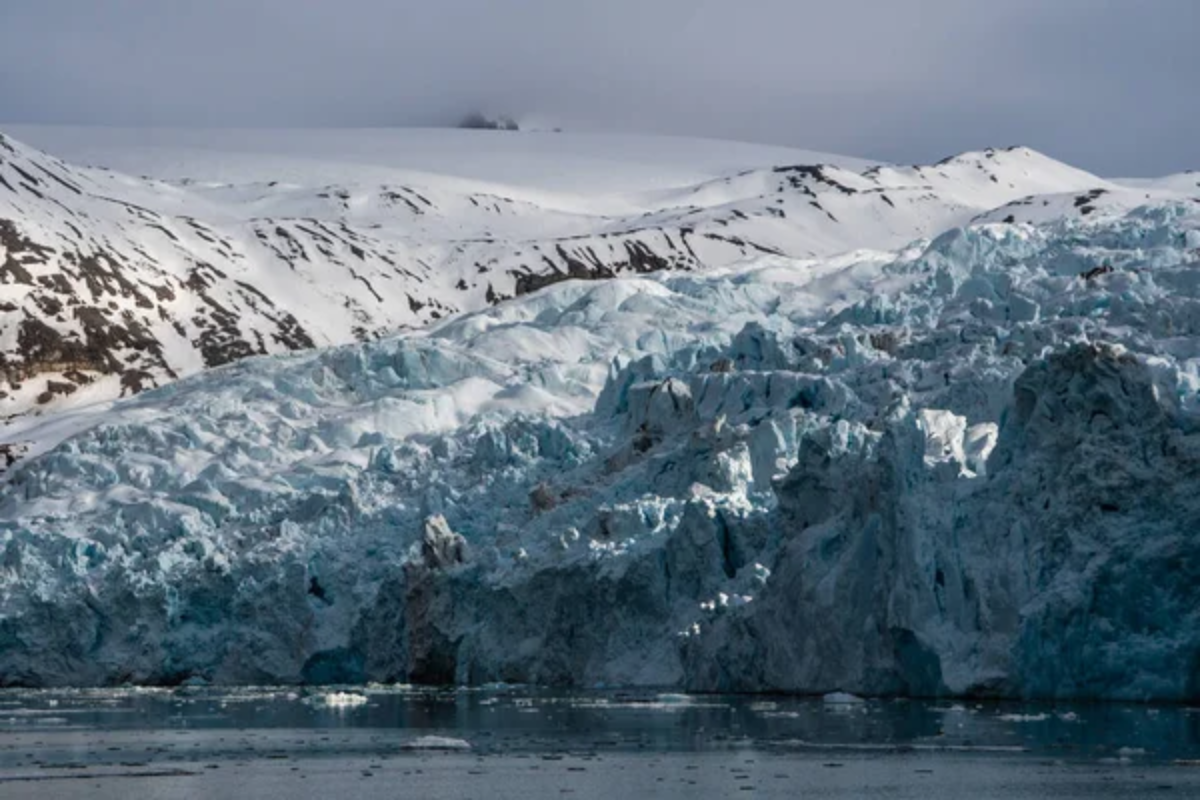
Iceland’s Dynjandi cascades 330 feet down a series of progressively wider steps, creating a bridal veil formation that grows broader as it descends. The accessible viewing platforms allow visitors to experience the falls from multiple angles.
Greenland’s Kiattut Sermiat glacier terminates in a massive ice wall over a mile wide and 200 feet tall, with no facilities or developed viewpoints. Visitors must travel by boat through iceberg-filled waters to reach this imposing terminus, where the absence of infrastructure preserves the raw experience of confronting a genuine ice age landscape.
Like Travel Pug’s content? Follow us on MSN.
Arnarstapi Sea Cliffs vs. Uummannaq Mountain
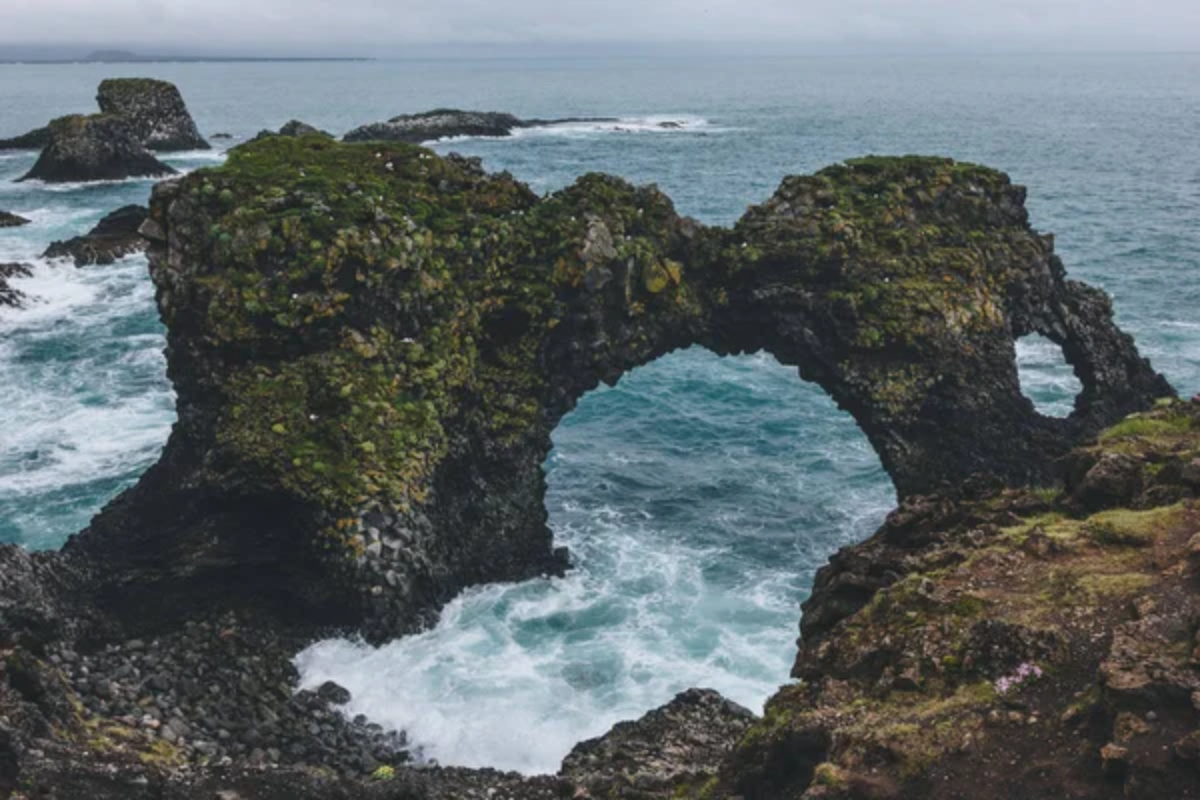
Iceland’s Arnarstapi features dramatic basalt sea cliffs where thousands of seabirds nest each summer. A well-maintained coastal path allows visitors to view natural stone arches and blowholes from established viewpoints safely.
Greenland’s heart-shaped Uummannaq Mountain rises 3,800 feet directly from the sea, dominating the tiny settlement at its base. This iconic peak requires technical climbing skills to ascend, representing Greenland’s more challenging and less accessible natural attractions.
Stuðlagil Canyon vs. Sermitsiaq Waterfall
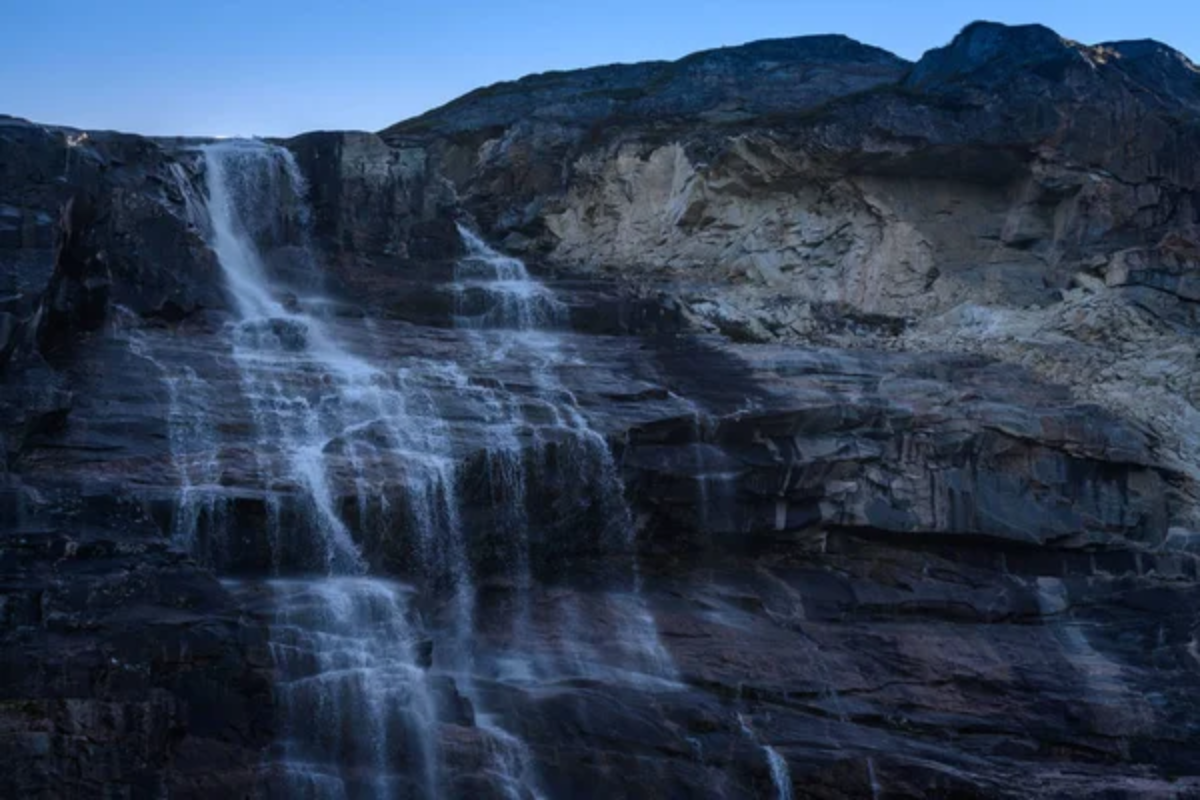
Recently revealed by receding waters after dam construction, Iceland’s Stuðlagil Canyon showcases perfectly formed basalt columns lining a river gorge that visitors can view from platforms on either side. Greenland’s Sermitsiaq waterfall remains visible but perpetually distant for most – the massive cascade appears in the background from nearly every point in Greenland’s capital city, Nuuk, but reaching its base requires challenging off-trail hiking through trackless terrain with no facilities or marked routes.
Kerlingarfjöll Mountains vs. Qeqertarsuaq Basalt Columns
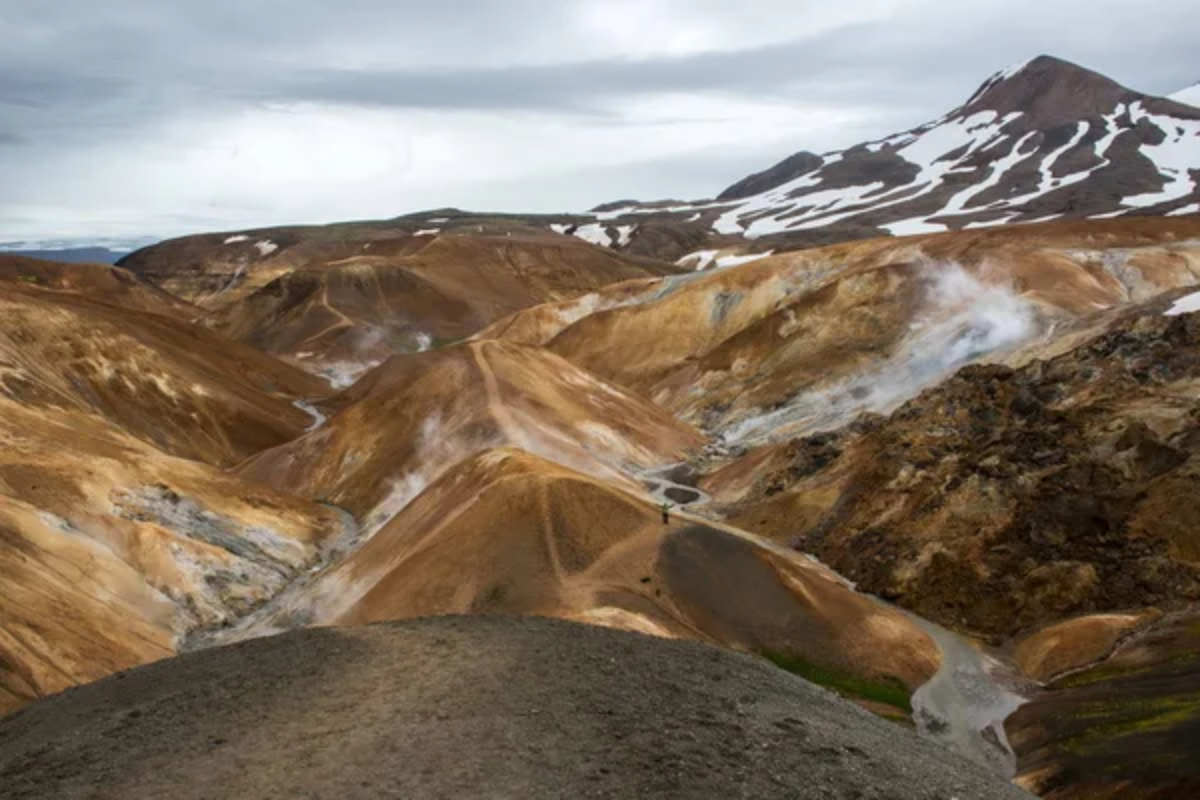
Iceland’s Kerlingarfjöll mountains combine colorful rhyolite peaks with active geothermal areas where steam vents create an otherworldly atmosphere of constant motion and change. Mountain huts provide relatively comfortable overnight accommodations for hikers.
Greenland’s Qeqertarsuaq features massive basalt columns rising directly from the Arctic Ocean, forming perfect hexagonal pillars hundreds of feet tall. Unlike Iceland’s more accessible geological features, these remote formations require a boat charter to view, ensuring most travelers never witness these remarkable structures.
Like Travel Pug’s content? Follow us on MSN.
Diamond Beach vs. Red Island
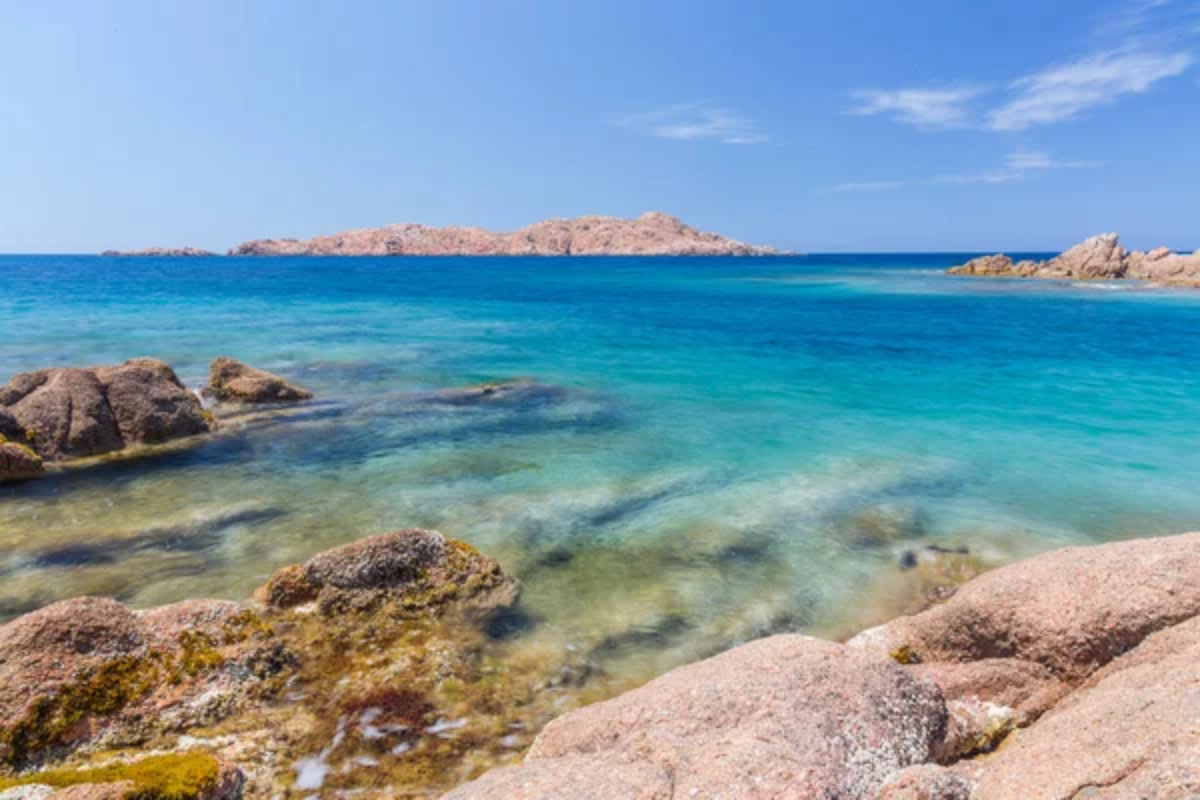
Iceland’s Diamond Beach displays glittering ice fragments washed up on black volcanic sand – the contrast creating a photographer’s dream landscape where crystalline chunks catch the light against their dark background. Located near popular tourist routes, the beach often hosts dozens of visitors, capturing this natural spectacle.
Greenland’s Red Island gets its name from unusual rusty-colored rocks that stand out dramatically against white icebergs and blue water. Its remote location ensures visitors rarely encounter others, creating an experience of solitary wonder that Iceland’s more accessible sites cannot match.
Sólheimajökull Glacier vs. Eqi Glacier
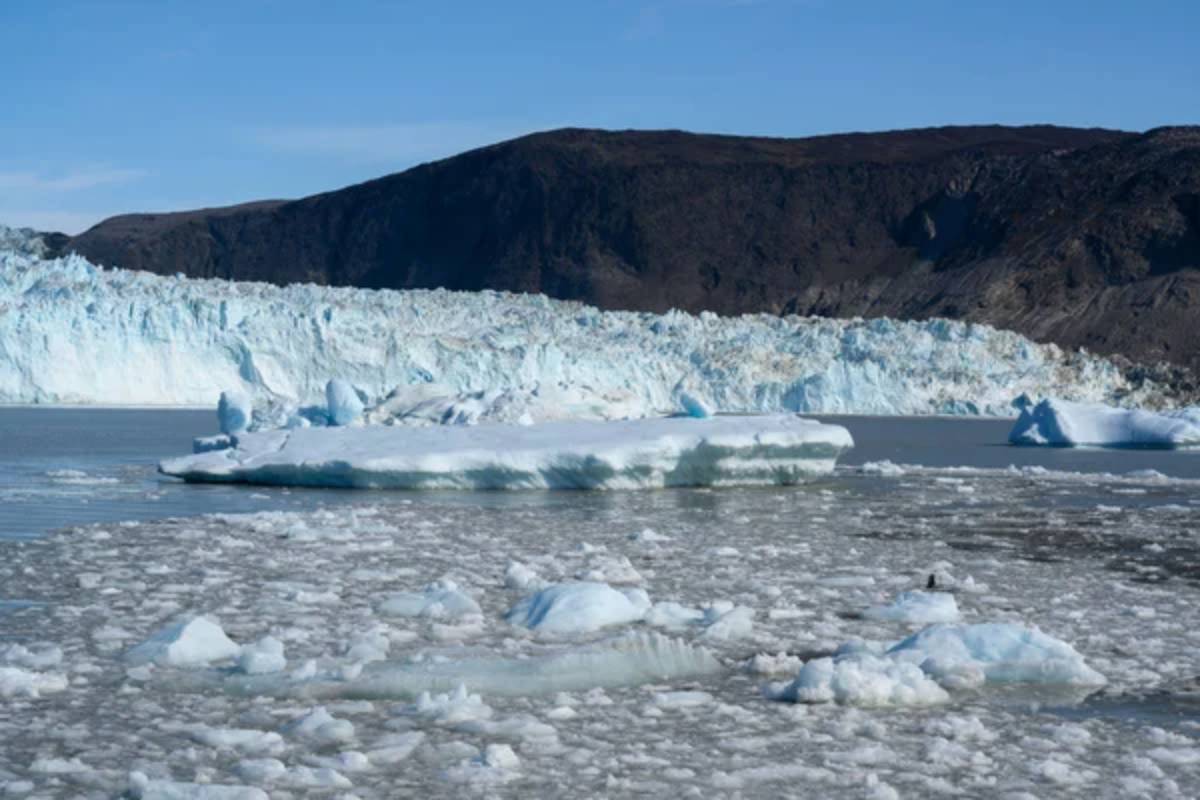
Iceland’s Sólheimajökull offers guided glacier hiking just a short drive from Reykjavík. Visitors can walk atop the ice-wearing crampons while learning about climate change’s visible effects on this rapidly retreating glacier. Greenland’s Eqi Glacier presents a very different experience.
Visitors typically stay at wilderness lodges to watch and listen as the massive ice front regularly calves building-sized chunks into the ocean below. The thunderous cracks and resulting waves demonstrate ice dynamics on a scale that Iceland’s smaller glaciers cannot match.
Gullfoss vs. Eqip Sermia Glacier Front
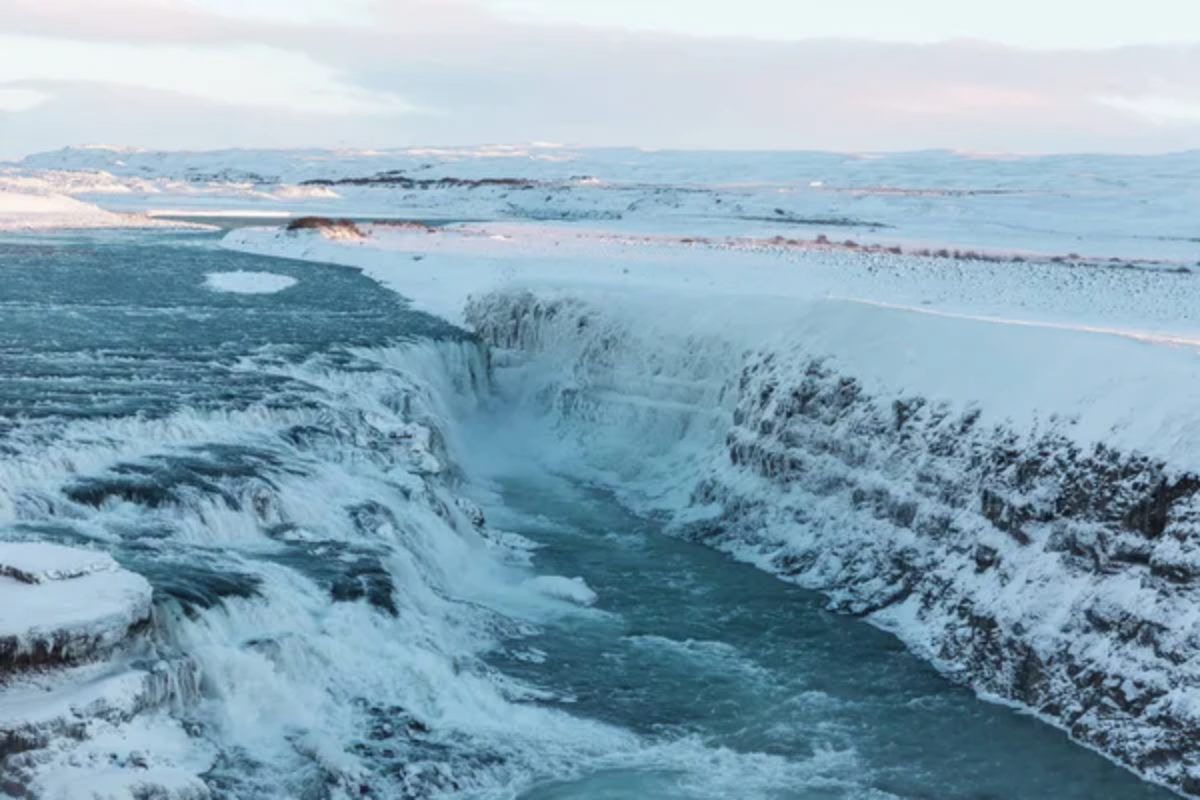
Iceland’s magnificent Gullfoss waterfall demonstrates raw power as glacial meltwater crashes through a narrow canyon in two dramatic tiers. This natural wonder attracts thousands along the Golden Circle route, with walkways offering views just steps from parking. Greenland’s Eqip Sermia presents water in a completely different form—a towering ice wall extending nearly two miles across.
Visitors arrive by boat and stay in wilderness cabins positioned safely from the active glacier, which regularly calves massive ice sections with explosive force. These contrasting sites perfectly capture the essence of both territories—Iceland offering accessible natural spectacle, Greenland demanding expedition-style travel to witness continental-scale processes.
Like Travel Pug’s content? Follow us on MSN.
Beyond Fire and Ice
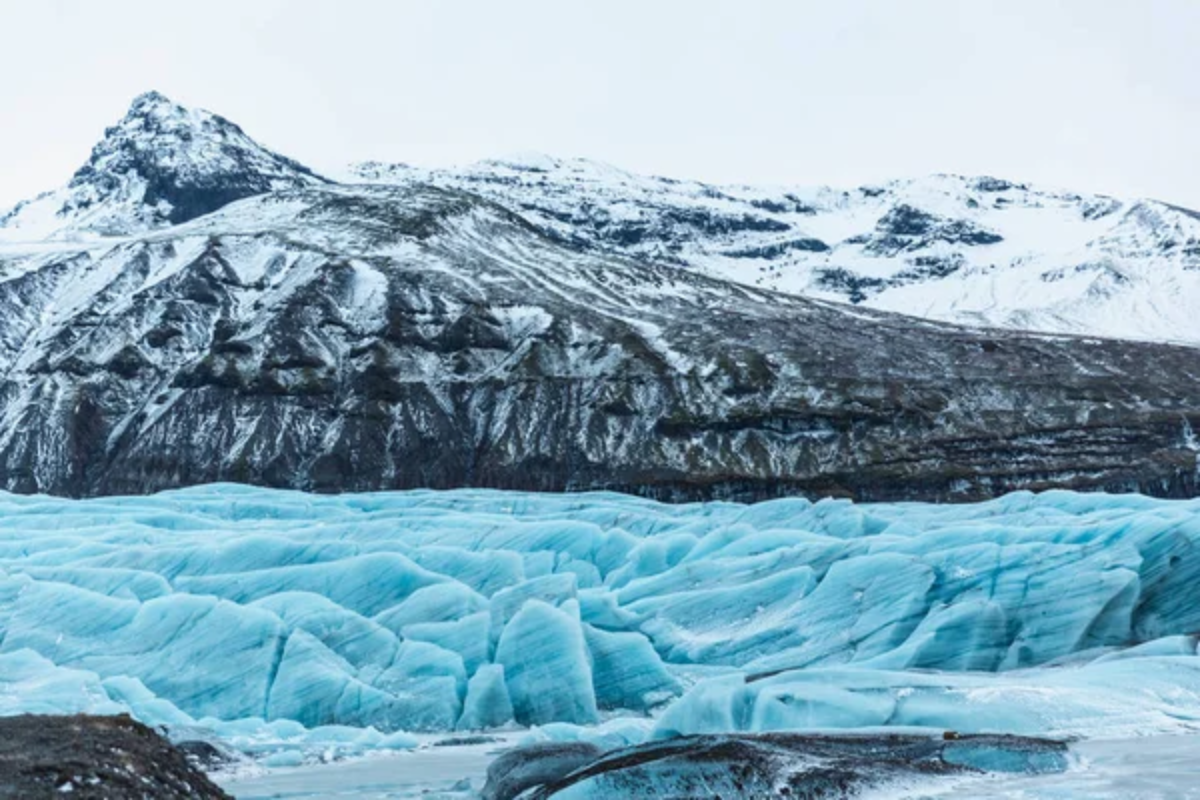
These two northern lands offer profoundly different experiences of Earth’s extremes. Iceland presents a geologically young landscape still being formed through volcanic activity, with accessible wonders tailored to tourism. Greenland reveals an ancient continent mostly buried beneath ice, where human presence remains minimal against an overwhelming natural scale.
While Iceland welcomes visitors with developed infrastructure and numerous tour options, Greenland demands more from travelers seeking its remote splendors. Both destinations reward adventurous spirits with unforgettable landscapes that showcase nature’s remarkable diversity in northern latitudes.
More from Travel Pug

- 20 Towns Built for One Purpose That Were Later Abandoned
- 15 Hidden Spots in Disney World’s Magic Kingdom Most Visitors Miss
- 20 Once-Popular Beach Towns That Are Now Ghostly Empty
- 15 Canyons in the U.S. That Are Just as Stunning as the Grand Canyon
- 10 Under-the-Radar Mountain Towns That Are Both Affordable and Beautiful
Like Travel Pug’s content? Follow us on MSN.
